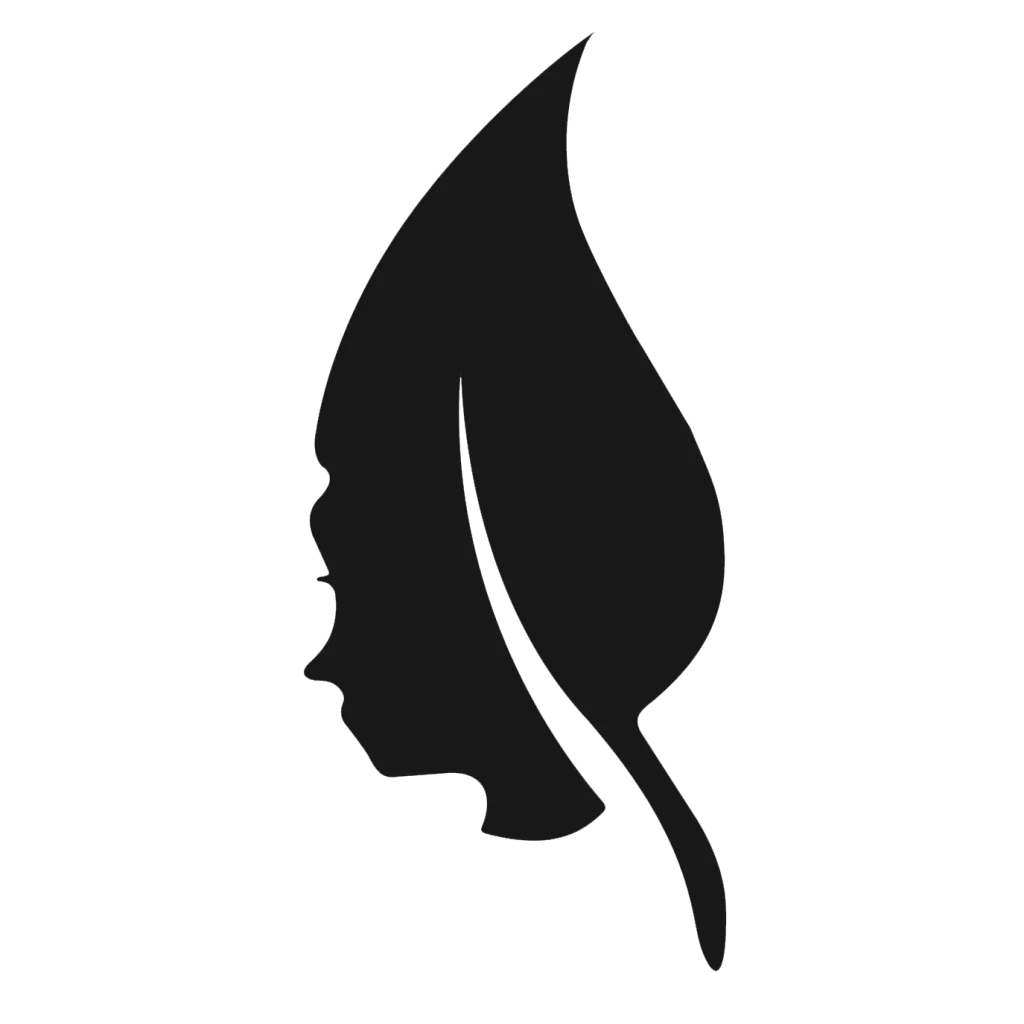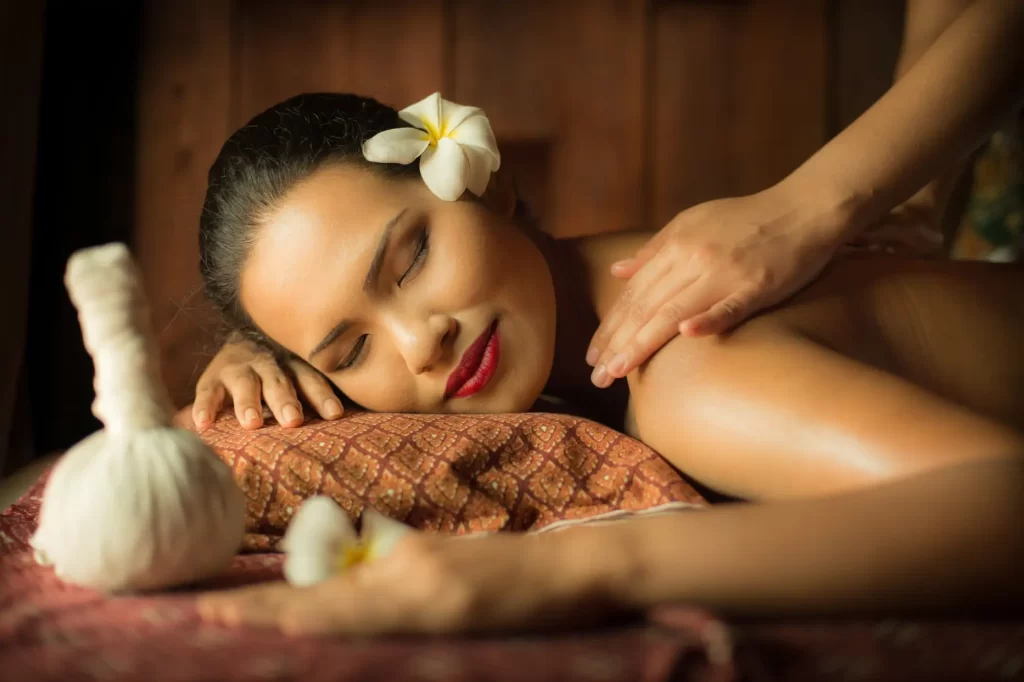
Explore the rich history of Thai massage and discover its powerful health benefits—from stress relief to improved flexibility and energy balance. Thai massage has become a popular form of therapy worldwide. But its origins actually stretch back over 2,500 years, weaving together medicine, spirituality, and cultural traditions. To truly appreciate this healing art, we can trace how it evolved into the practice we know today.
The History of Thai Massage
The story of Thai massage begins with the influence of Ayurveda and traditional Chinese medicine, brought to SE Asia by Buddhist monks and travellers along trade routes. It is also a practice tied to an Indian physician named Shivago Komarpaj, who served as the Buddha’s personal doctor over 2500 years ago. Known as the “Father of Thai Medicine,” his teachings on healing and bodywork became the foundation to Thai massage.
Originally called Nuad Boran (ancient massage), the practice was passed down orally for generations within Buddhist temples. Monks used it not just for physical healing but as a spiritual discipline—a way to cultivate mindfulness and compassion. The techniques were taught only to those dedicated to the monastery.
Treatment in the Temples
For centuries, Thai massage thrived in monasteries, where it was used to treat ailments and maintain the health of both monks and the surrounding communities. Temples served as early medical centers, and knowledge of massage was recorded on palm-leaf manuscripts, many of which were later destroyed during wars and invasions. The practice remained relatively unchanged for generations. By applying gentle pressure along these pathways and guiding the body into therapeutic stretches, practitioners sought to restore balance and vitality.
Unlike Western techniques (which often focuses solely on muscles) Thai massage saw the body as an “interconnected” system where physical tension and energy blockages could change overall well-being.
Globalisation
As tourism grew, so did international interest in Thai massage, so much that you can now get access to authentic Thai massage in London. Western visitors drawn to Thailand’s culture and spirituality discovered its therapeutic benefits, leading to its gradual spread across Europe and North America. However, this globalisation also led to adaptations—some studios softened traditional techniques to appeal to those unfamiliar with its intensity, while others stayed true to its roots.
Modern Thai massage exists in many forms. In Thailand, it’s still common to see practitioners deliver sessions on the streets just as they have for centuries. Meanwhile, luxury spas worldwide offer fusion-style versions blended with aromatherapy or hot stones.
Despite these variations, the essence remains: a holistic approach that treats the whole person, not just symptoms. Research now supports what ancient healers knew—Thai massage reduces pain, enhances flexibility, and lowers stress hormones. Whether received in a bustling Bangkok market or a high-end spa, that intention to restore harmony in body and mind continues to define this ancient practice.
Benefits of Thai Massage
There are many Benefits of Massage which Massage has one of its most important effects on the circulatory system. The flow of the blood and lymph is improved both in quantity and speed. And a rapid flow whether in a river, blood vessel or lymphatic, prevents the deposit of particles held in suspension. A free circulation overcomes the influence of noxious substances. As an illustration of this, laborers are able to do active work in an open sewer near which professional men cannot live without becoming sick. In the sewer the oxygen which would keep off the bad effects of the effluvia cannot be increased, but the increased rapidity of circulation, due to muscular work, keeps the laborers in health.
The contraction and relaxation of the voluntary muscles assist venous return. When for any reason, these no longer occur, the venous flow languishes and with it, that in the arteries. In such a case massage is valuable to empty the veins and lymphatics by direct centripetal pressure. As has been well said by Kleen, the action is one of a combined force and suction pump. The effect upon the flow in the veins, in their superficial situation, is direct, and it is for this reason that the strokes of massage are given always toward the heart. Some claim that the effect by direct pressure upon the arterial flow is nothing because the arteries are too deeply placed to feel the stroke and because their elastic walls render them less susceptible to pressure than the thinner-walled veins.
Others claim that upon the more superficially placed of the arteries massage holds up the flow, only to cause a subsequent rapid rush of arterial blood as soon as the pressure is released, such that the blood stream may be three times as rapid. Whether the arterial flow is effected by direct pressure or not, it is certain that
the hands of the masseur, as they press upon the veins, act as pe-ripheral propelling hearts which cooperate with the heart itself, at the center and lessen its work.
Conclusion
Thai massage is more than a wellness trend; it’s a living tradition that has adapted without losing its soul. From temple courtyards to global wellness centres, its journey reflects humanity’s search for healing. As we relax on the spa table, we participate in a ritual that has soothed bodies and spirits for many generations- a reminder that some forms of healing truly transcend time.

